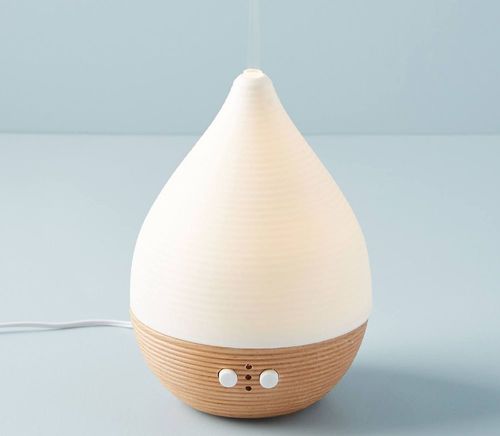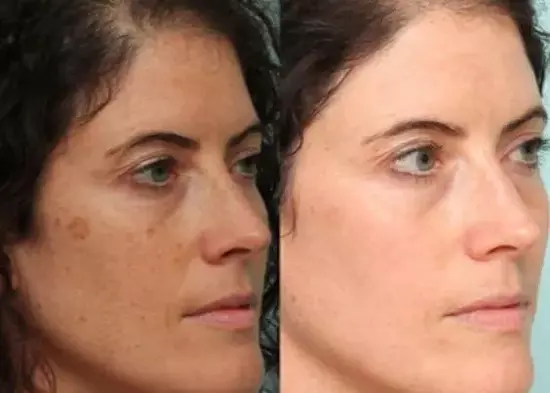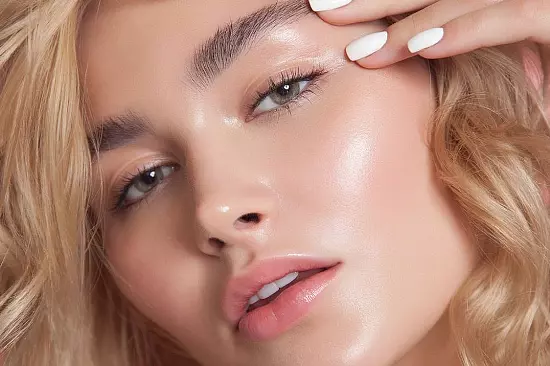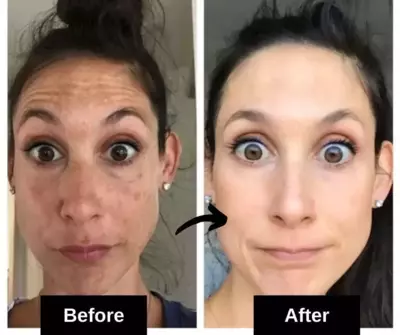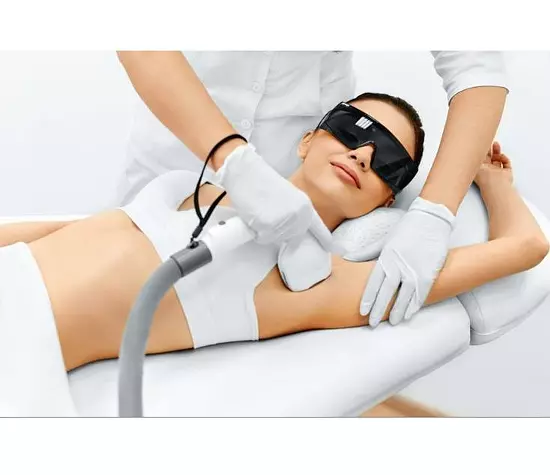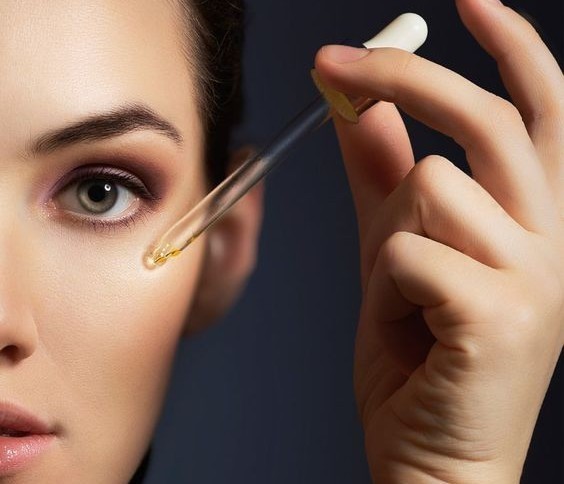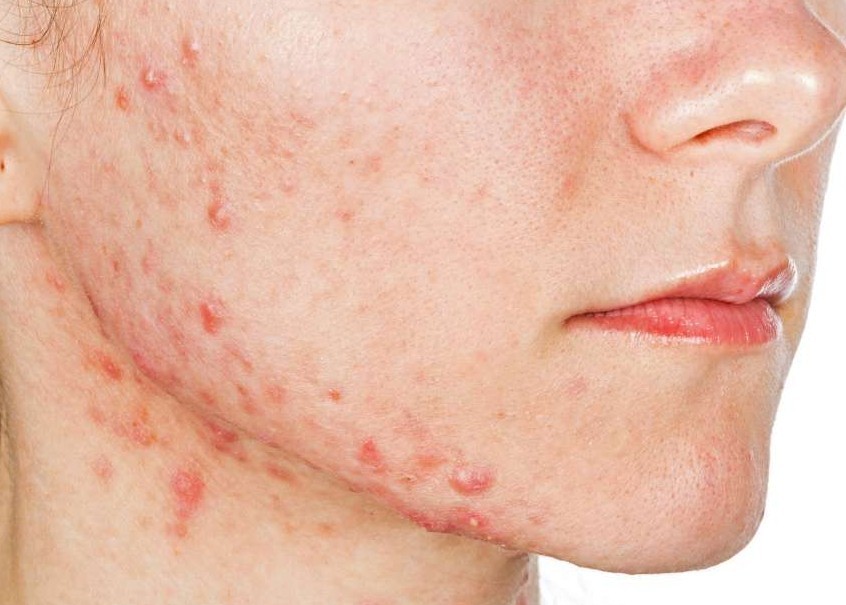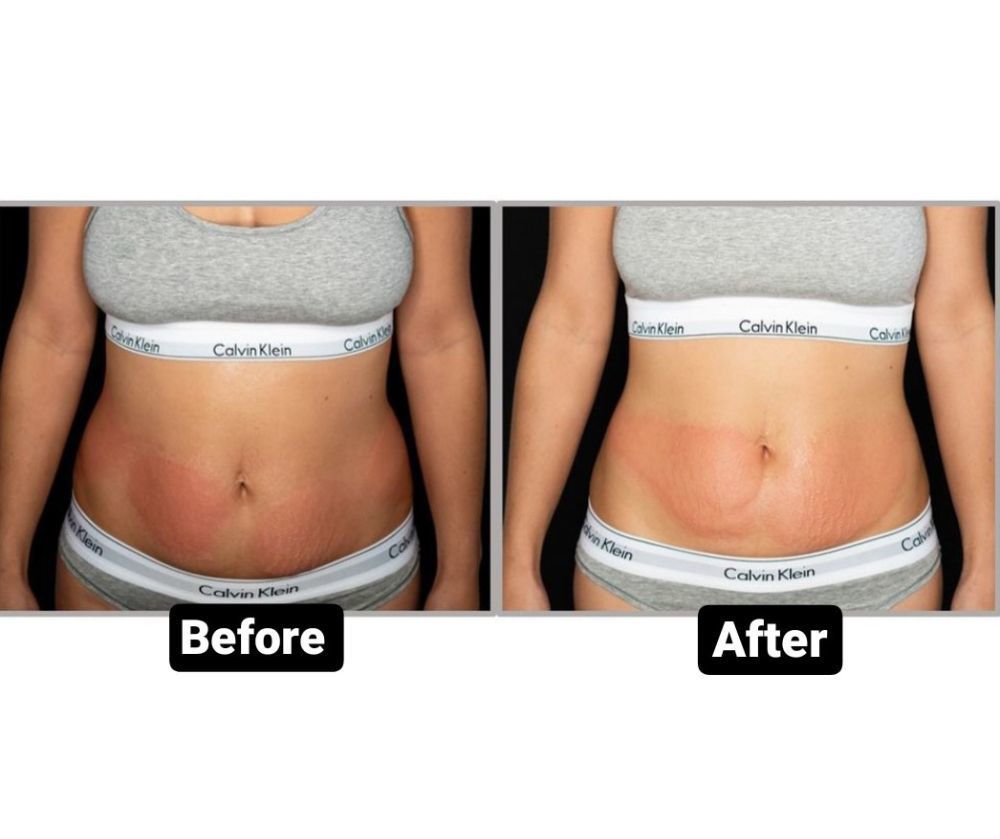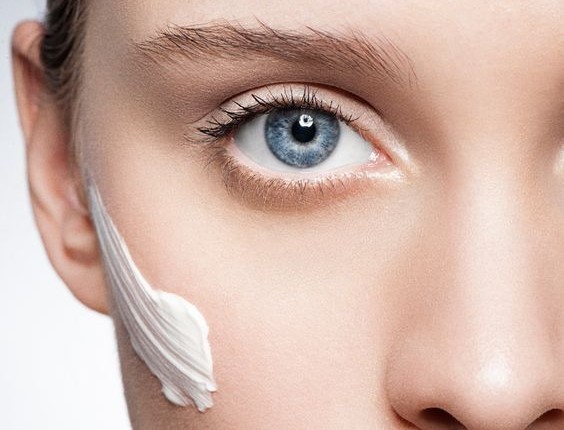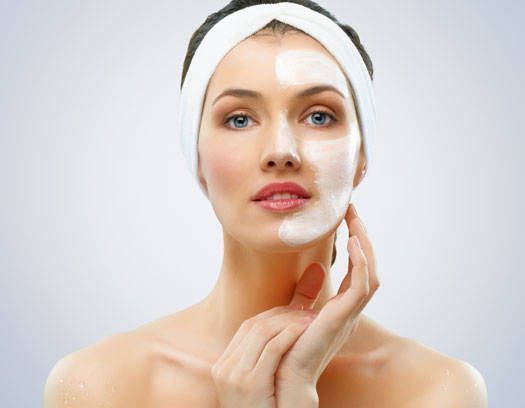What Are Dermal Fillers – A Detailed Guide (2024)
Shalu B
Updated At 27 Apr 24
Are fine lines and wrinkles bothering you? Do you want to know what are dermal fillers? Do you want your skin to look youthful again? Then you are in for a treat.
Reverse the signs of ageing including fine lines, wrinkles, hollow cheeks and sunken eyes with Dermal fillers. These facial fillers are the real miracle workers and can completely transform your skin in a matter of few minutes. But what are dermal fillers exactly? How are they so effective? We will answer these questions for you along with many more in this article.
We will tell you everything you need to know about the dermal fillers treatment. We specifically cover the types of dermal fillers, how much dermal fillers cost, their pros, cons and the dermal fillers side effects.
We specifically cover:
- What Are Dermal Fillers
- Types Of Dermal Fillers
- Dermal Fillers Treatment
- Dermal Fillers Cost
- Dermal Fillers Pros And Cons
- Dermal Fillers Side Effects
- Dermal Fillers Precautions
- Dermal Fillers Vs Botox
- FAQs
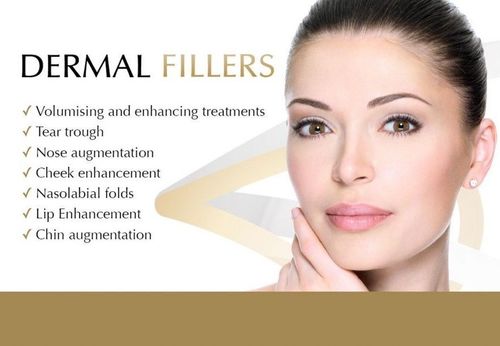
What Are Dermal Fillers
Dermal means of or relating to the skin and fillers mean something which fills.
Dermal fillers mean something which fills the skin. Also known as soft tissue fillers or facial fillers, dermal fillers are injected beneath the skin’s surface to make it look fuller and plump.
Dermal fillers are capable of taking off ages from your appearance within a few minutes which makes them an extremely popular choice for achieving plump, smooth and younger looking skin.
Injections containing mostly of hyaluronic acid are used for filling in fine lines and wrinkles. They are also used to fill shallow and sunken areas of the face including cheeks, under eye area and the area around mouth. But that’s not all. These fillers can be used to add more definition to jawline and also work wonders for thin lips.
Types Of Dermal Fillers
Following are the most common types of dermal fillers:
1) Collagen Fillers
Collagen is a protein fiber which is naturally produced by our skin cells and is responsible for maintaining its firmness. Thus, what can be better filler than collagen? It has been used as dermal filler for decades now. It is inexpensive, and can be administered easily. Since it is a natural protein, it has no side effects either. Collagen filler is mostly used to fill in fine lines and wrinkles. It also improves the texture of skin and adds definition to it.
2) Hyaluronic Acid
Hyaluronic acid has emerged as a popular alternative to collagen fillers. Like collagen, hyaluronic acid is also a naturally occurring substance in our bodies and is known for its moisture capturing properties. The HA filler is used to replenish the depleting levels of hyaluronic acid in the body. Once injected it starts attracting moisture and expands in size to give out plump and firm skin surface. It is best for treating thin lips, marionette lines and nasolabial fold.
3) Poly-L-Lactic Acid
Poly-l-lactic acid is a synthetic polymer which when injected into the skin irritates it to stimulate the fibroblastic cells. Once stimulated, these cells start producing collagen. The increase in collagen levels fills in the skin naturally. So instead of filling, this filler acts more like a stimulant. And this is also one of the reasons why its effects last longer as compared to other types of dermal fillers.
4) Calcium Hydroxyapatite
The calcium hydroxyapatite microspheres too act as a stimulant and boost collagen production in the skin. However, they can be molded to improve results. They are best suited for adding definition to jawline, chin and nose.
5) Poly Methyl Methacrylate
The microspheres in this filler are known to give results which last the longest which is up to five years. They work with collagen to plump up the skin. But due the higher risk of complications involved, they are not the first choice of professionals.
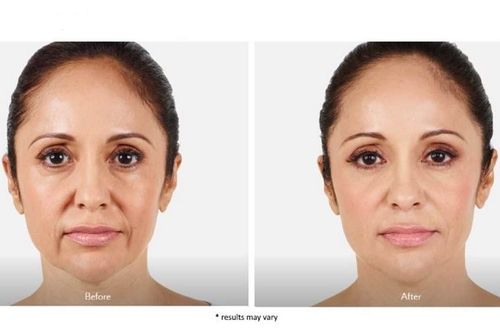
Dermal Fillers Treatment - How Is It Done ?
The dermal fillers treatment is done in the following steps:
Step 1. Assessment And Mapping
As the first step, the doctor will examine your face and evaluate your skin’s condition. You will be given certain dos and don’ts which you would have to follow prior to the dermal fillers treatment.
On the day of your treatment, your skin will be marked and mapped to identify the areas where the fillers have to be injected. You might get photographed as well for the purpose of record keeping. In some cases, a small sin order to kin allergy test is also done to ward off the risk factor.
Step 2. Cleanse And Anesthetize
In this step, your skin is prepped for the treatment. First, the face is cleansed especially the injection sites with an anti-bacterial agent. Then to prevent any pain or discomfort, an anesthetic cream is applied in order to numb the skin. An injection of local anesthesia might also be given in place of the cream.
Step 3. Injection
This step is about injecting the fillers. Fillers are injected on the various injection sites. They are massaged and the effect is evaluated. The doctor will add more fillers if needed. This step lasts for 15 minutes and can go for as long as an hour depending upon the area which needs to be filled.
Step 4. Final Cleanse
In the final step, the markings will be cleansed from your face and a soothing cream is applied. You will also be given an ice pack to counter the swelling. This is also the step where you will be given after care instructions.
How Much Do Dermal Fillers Cost
Dermal fillers cost depends on a variety of factors like the amount of skin to be treated, type of filler, doctor’s experience, and the location of clinic among others.
On an average a single shot can cost you anywhere from $300 to $1000.
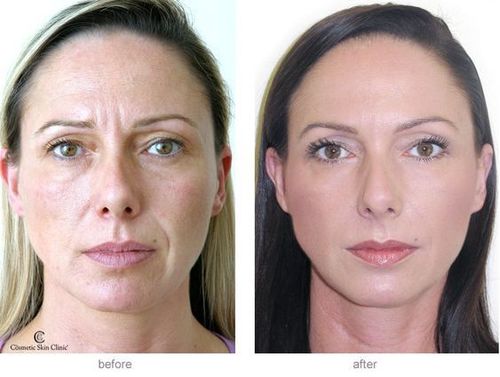
Dermal Fillers Pros And Cons
Not everything is rosy about dermal fillers. They too have their own fair share of pros, cons and side effects.
Dermal Fillers Pros
1) Immediate Results
Dermal fillers give fast and effective results which can be seen as soon as the treatment is finished. Due to its immediately visible effects, dermal fillers treatment is also popularly known as the lunchtime facelift.
2) Long Lasting
Dermal fillers can last from anywhere between 6 months to 2 years depending upon their type.
3) Skin Friendly
The fillers used comprise of natural substances like hyaluronic acid and collagen, both of which are produced by the body until being affected due to age. Consequently, the dermal fillers plump and smoothen skin which looks natural and have next to no side effects.
4) Boosts Self Confidence
The plump and healthy skin gained after dermal fillers treatment acts as a confidence booster.
5) Removes Wrinkles And Scars
They are not just for fine lines, wrinkles or hollow cheeks, but dermal fillers for acne scars are also available.
6) Short Recovery Time
Compared to other treatments like dermabrasion and facial surgery you don’t have to spend a lot of time in recovery. Redness and tenderness which is normal after being injected usually goes away within a few days.
7) Boosts Collagen
Certain types of fillers are known not only for filling up the hollow areas of your skin but also for boosting the production of collagen. They act as a collagen stimulator and enable the skin to rejuvenate itself.
Dermal Fillers Cons
1) Not Permanent
The biggest flaw of dermal fillers treatment is that it is not permanent. These fillers wear off after some time and you would have to get injected again.
2) Doesn’t Stop Ageing
Even though some fillers will boost collagen production, most fillers don’t have much impact on controlling the ageing process.
3) Expensive
If you want dermal fillers get ready to lighten up your pockets significantly as they can cost anywhere between hundreds of dollars.
Dermal Fillers Side Effects
Some common dermal fillers side effects include:
- Redness
- Swelling
- Pain
- Bruising
- Itching
- Rashes
If the treatment is not done properly, it can lead to some severe side effects which include:
- Infection
- Leakage of filler
- Damaged blood vessels
- Blurry vision or blindness
- Dead tissue
Dermal Fillers Precautions
Here are some of the precautions that need to be taken before and after going for dermal fillers treatment:
- Do not go for this treatment in a spa or a beauty salon. This treatment is meant to be done by a medical professional only. Apart from this, it is also essential that this treatment takes place in a medical facility and not in somebody’s home.
- Find a good doctor who is both experienced and licensed. Do not shy away from asking to see the certifications. Also, see the before and after pictures of the doctor’s previous clients to be sure of the kind of work she does.
- Talk to your doctor about your preferences. Make sure the fillers used are bought from a medical facility. The syringes should be unopened.
- You should avoid getting dermal fillers treatment if you are pregnant, breastfeeding or have a sinus infection.
- Inform the doctor if you are prone to any allergies.
- Stop smoking and drinking a few days prior to the treatment as recommended by the medical professional. You would also be asked to stop the intake of any blood thinning medication.
- After the treatment, you are supposed to avoid extreme temperatures altogether.
- Do not go for any dental procedure or treatment after getting dermal fillers.
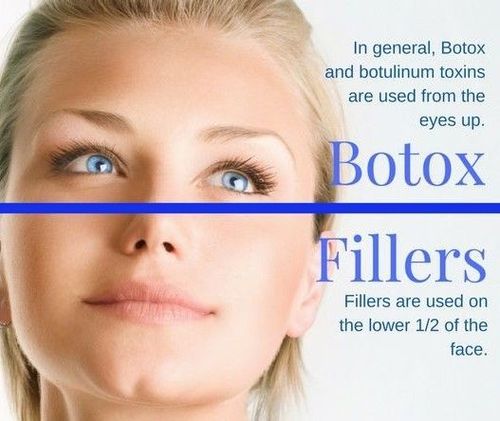
Dermal Fillers Vs Botox
Both dermal fillers and Botox are cosmetic treatments which involve injecting of a substance into the skin in order to alter its appearance. Both of them are minimally invasive and extremely popular. It is due to these similarities that often lead to confusion between the two treatments.
Following are some of the major differences between dermal fillers and Botox:
- Botox is made from botulinum toxin which is obtained from bacteria. It is a highly lethal toxin but in smaller quantities, it has many cosmetic uses. Dermal fillers, on the other hand, comprise of substances like collagen and hyaluronic acid which are naturally found in the body.
- Botox works by blocking the nerve signals to freeze the muscles and thus removes the wrinkles whereas dermal fillers literally fill in the empty pockets underneath the skin.
- Botox is excellent for treating wrinkles and fine lines caused by repetitive facial movement and dermal fillers work best on areas thinned due to ageing.
Frequently Asked Questions On Dermal Fillers
Q. How long do dermal fillers last?
The life of dermal fillers depends on the type of filler used. Though, they can last anywhere from 6 months to 2 years on an average.
Q. Are dermal fillers safe?
Yes, dermal fillers are considered safe.
Q. Do dermal fillers stretch skin?
Dermal fillers literally fill in the hollow spaces of your skin and make it smooth and plump. They stretch skin by only a bit. Once the fillers wear out, the skin will go back to the same state it was in before getting the fillers.
Q. How long does it take to see results?
Dermal fillers give immediate results and you can see them the very minute you are finished with the dermal fillers treatment.
Q. Are dermal fillers painful?
You will feel slight pain and discomfort as is normally felt when one is getting injected. However, this can be reduced by the use of anesthetics in the form of a topical cream or injection.
Related Articles













